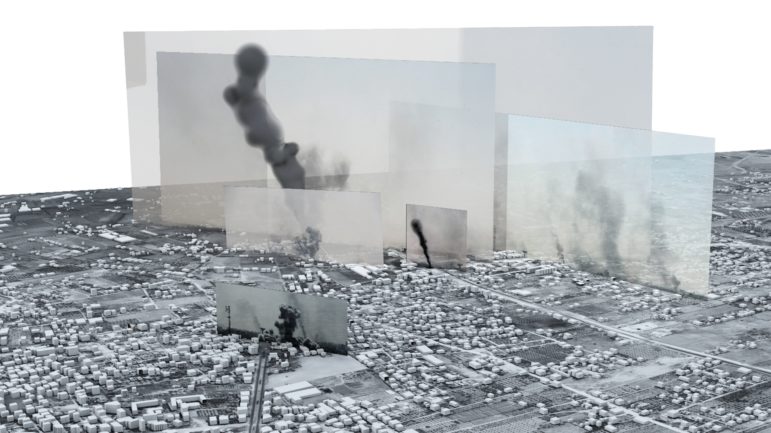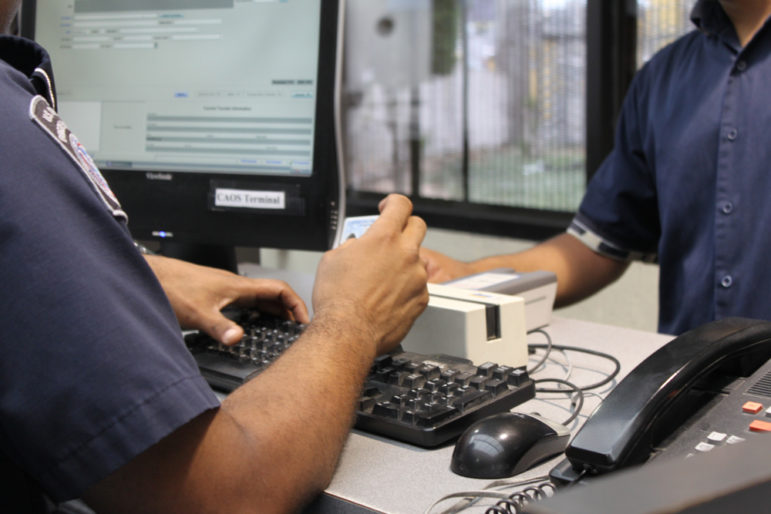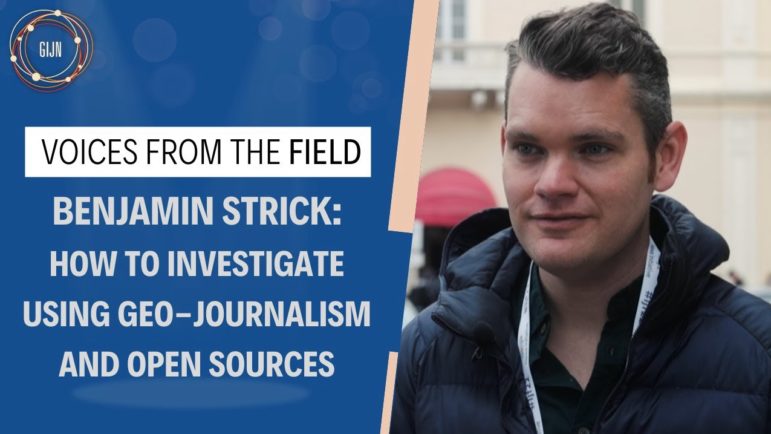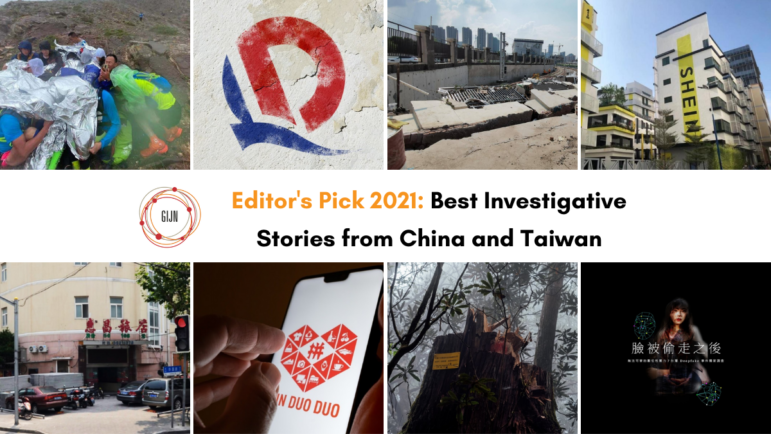

Using Forensic Methods to Investigate Human Rights Violations in the Middle East
Read this article in

For its Bombing of Rafah project, Forensic Architecture embedded photos and videos in a 3D model to tell the story of bombardment in the 2014 Israel-Gaza war. Image: Forensic Architecture
From a project mapping forced displacement in a Jerusalem neighborhood to a digital analysis of how an archeological site is impacted by repeat bombings in Palestine, the stories produced by Forensic Architecture on conflict-related issues in the Middle East are varied.
Based at Goldsmiths, part of the University of London, the organization uses open source material, data, photographs, and maps to craft dynamic visual and interactive investigations – blending human rights expertise with research, architectural capabilities, and investigative firepower.
FA was founded in 2010 by Eyal Weizman, a British-Israeli architect, and while the organization has a global outlook, Middle East investigations have always been a key part of its remit.
Across the board, FA’s investigations are characterized by their ability to find hidden evidence or pull together various strands into a compelling narrative. In some cases, the events they dig into are historic – like their analysis of the 1985 siege at the Colombian Palace of Justice. In other cases, they examine a recent news event, like the March 2022 shelling of a TV tower in Kyiv, Ukraine.
Their investigations span stories that are specifically granular – like the death of a young Palestinian man at an Israeli military checkpoint – and events that are more high-profile, like an investigation into the massive Beirut port blast or a deep dive into Israel’s secretive NSO group.
While the staff largely do not describe themselves as journalists — and indeed there are more architects than reporters on staff – their output is unquestionably investigative. Working alongside the reporters are engineers, lawyers, and graphic artists.
“We use the tools of architecture to investigate human rights violations,” says Nour Abuzaid, an architect-researcher who is part of the team. “This is done by integrating different multimedia elements including images, videos, and sound, and situating them within a 3D space to analyze and study their relations.”
Creating an interactive platform for the cases they investigate is often part of the process so the public, researchers, and human rights activists can access databases, evidence, and learn about the investigative methodology. Some of their investigations have even been used in an international court.
GIJN interviewed two members of the team: Abuzaid, who conducts spatial research and creates computational tools for automation and visualization, and Omar Ferwati, a researcher and project coordinator whose work ranges from airstrikes to colonial violence to environmental racism.
Ferwati says an ongoing difficulty when investigating in the Middle East is “the information and data available in this region.” Information can be politicized – for example, for an investigation on the forced displacement of Palestinian families in the Sheikh Jarrah neighborhood of Jerusalem, no Palestinian organization was able to help with data on the locations of the demolished homes or properties where residents are threatened with forced eviction. The Israeli occupation’s municipality has full records of this information, in addition to high resolution maps and detailed drawings of the city.
Abuzaid says the team tries to plug the gap using open source tools. That might mean extracting all the possible information they can from a photograph, like using shadow analysis to determine when it was taken. “Part of our work methodology is to fill the gap and to complete the scene,” she says.
Where entities deliberately conceal certain information because it may contain evidence of a human rights violation, the challenge is even more difficult.
“We talk about open source and the need to develop it because relying on institutions and traditional ways of obtaining information through the government, organizations, or institutions does not always work and there is no cooperation in this context,” Ferwati explains. ”We need to look up to what is already existing, like social media, on its own, it looks like nothing, but we can start to compare them relative to each other to build or reconstruct an event.”
The research team also draws heavily on video recordings and photographs from citizens. “This is the only way to get to the truth, to see what lies beneath the surface,” says Ferwati.
But finding individuals willing to speak in the region can be complicated: a fear of reprisals makes many people cautious.

Nour Abuzaid, an architect-researcher for Forensic Architecture. Image: Courtesy of Forensic Architecture
“Sometimes people refrain, out of fear, from giving live testimonies of violence and human rights violations they have experienced,” Abuzaid says.
In one case — investigating the death of a 26-year-old Palestinian man shot by Israeli forces at a West Bank checkpoint — the team tracked down witnesses who captured the moments after he was shot, but who were initially afraid of being identified or linked to any published footage.
Some of the team’s experience reporting on these kinds of incidents grew out of documenting human rights violations in Syria: a conflict for which one of the few ways to know what was happening was through the testimonies of those on the ground.
“There and elsewhere, we rely on publicly available or publicly published evidence on social media, which has been created and uploaded by citizens and witnesses,” Abuzaid explains. “In videos taken during the Syrian revolution, there was a certain way of filming, such as not focusing on faces in demonstrations to minimize the possibility of endangering anyone’s life, and clearly documenting the date and location during the video.”
Matching Evidence
In the majority of FA’s investigations, researchers need more than one piece of evidence, so they scour different sources of footage from multiple angles, to then try and match it. As Abuzaid puts it, their work is often about trying to reconstruct an incident based on other pieces of available evidence.
From data blanks to social media timeline gaps, there may be an important moment in the incident that no one has documented. Sometimes – like when they were investigating how Israeli bombings impact the archaeological treasures on the coast of Gaza – that’s when they turn to alternative sources.
“The subject of the research was an archaeological site hidden beneath layers of rubble, that being the case, we used digital reconstruction to conduct the research virtually,” she says. “Through this research, we created a highly accurate model of the exposed surface of the site and the location of the archaeological remnants underneath. We relied on prior documentation of the site by Palestinian and French archaeologists and situated images they took within the model. We also mapped the locations of Israeli bombs landing on the site in 2012, 2014, 2018, and 2021. The investigation, therefore, provided several layers of evidence of targeting civilian population and destructing cultural heritage.”
In other investigations, there might be two videos that have filmed the same incident, each from a different angle or capturing different audio. In these cases, investigators analyze both recordings to obtain complementary evidence, turning the project into a kind of puzzle that reporters piece together for the bigger picture to become clear.
Even when two sources do not completely detail the full story, secondary sources can help enrich the narrative or give a greater understanding of the context.
For example, when the FA team investigated the death of the Syrian migrant Mohammed al-Arab on the Tukish-Greek border, the Greek government denied that live ammunition was used and suggested that he had been killed in a different place and at a different time. In this case, videos from eyewitnesses on the ground provided key context. Researchers dug out all the important data from the video they could see online, which revealed the time of the killing, the location, and details about the incident.
The FA researchers also searched for visual-spatial clues in the videos, such as electricity poles or distinctive elements of a nearby riverbank. They then compared them with the aerial maps of the border area until they got a match.
To help focus investigative video analysis, Ferwati recommends reporters analyze footage moment by moment, breaking down the image reels to see what elements are moving or static, and to assess how the situation changes.
“That’s why you should spend a lot of time observing the finer details in every video or image you want to research. In the case of the killing of Ahmed Erekat [the Palestinian man killed at a checkpoint], when watching the video for the first time, no one was able to know what happened,” notes Ferwati. “When the clip was dissected and watched moment by moment, we were able to see the smoke rising from each shot.”
Following the Arms Trail
Forensic Architecture has worked on a number of investigations on bombings in Syria, the mass casualties they create, and on the types of weapons and chemical weapons used.
Among the investigations that FA worked on in this context include the report on a chemical attack in the city of Al Lataminah in Syria, similar attacks on the city of Douma in the Damascus countryside and the targeting of a hospital in Idlib.

While investigating chemical attacks in the Syrian city Al Lataminah, FA created a digital model of the M4000 bomb, based off of a remnant of the actual ordnance. Image: Forensic Architecture
Ferwati has also worked on a project digging into the European-produced weapons being used by the Saudi-supported coalition in Yemen.
“In Yemen, we created a platform for putting together different types of research in one place. Research on the ground by people, documenting war crimes committed by the Saudi UAE-led coalition by geolocating it,” he explains. “Also, there is work happening in Europe by looking at the weapons being sold to the Saudis or the Emirates and understanding the connection between the timeline of these war crimes and the potential war crimes that are happening in schools, hospitals, cultural centers.”
Ferwati explains that the platform – which was jointly built by FA, Yemeni Archive, Bellingcat, and the European Centre for Constitutional and Human Rights – includes dates when European countries exported weapons to Saudi Arabia and the United Arab Emirates – which is also part of the coalition – and the time linkage between the arrival of weapons and the bombing operations.
“Without checking the date of the weapons manufacture, we can’t know how they will be used and their purpose,” he says. “The aim was to uncover the link between crimes in Yemen and the history of arms exports. If we know when these weapons were made, we can understand their purpose.”
Through open source research, visual evidence matching, and geometric presentation, Forensic Architecture has successfully analyzed and interpreted a number of critical phenomena and events in the Arab world as well as globally.
Omar Ferwati explains how they approach their work: “For every story we get, we have a different methodology. We always look at the beginning with a question: What are we looking for and what evidence is there? Then we move to look for the unknown points in the case to investigate them.”
This story is the final part of a series looking at investigative journalism in the Middle East and North Africa region.
Additional Reading
How Forensic Architecture Supports Journalists with Complex Investigative Techniques
Global Lessons from Exposing War Abuses in Yemen
Amateur Open Source Researchers Go Viral Unpacking the War in Ukraine
 Ahmad Haj Hamdo is a Syrian journalist. A media graduate of Damascus University, he has published stories with Arab Reporters for Investigative Journalism, Daraj, the Guardian, and other media outlets. He is a co-founder of Syrian Investigative Reporting for Accountability Journalism (SIRAJ), a GIJN member focused on training Syrian journalists.
Ahmad Haj Hamdo is a Syrian journalist. A media graduate of Damascus University, he has published stories with Arab Reporters for Investigative Journalism, Daraj, the Guardian, and other media outlets. He is a co-founder of Syrian Investigative Reporting for Accountability Journalism (SIRAJ), a GIJN member focused on training Syrian journalists.











